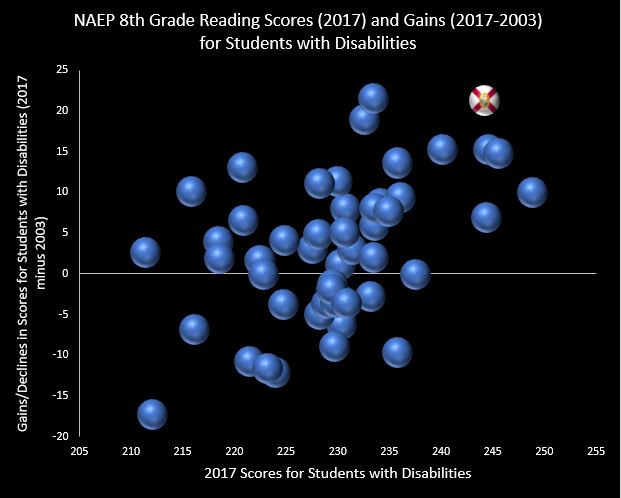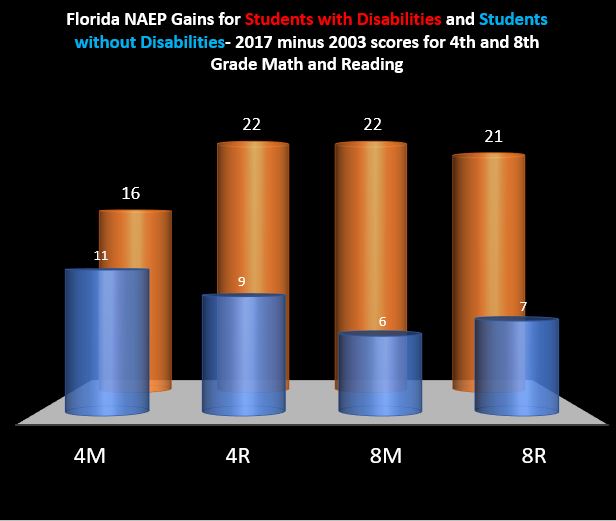My new year’s resolution is to do a better job explaining myself as a choice supporter. There is apparently a need for this, as evidenced by this recent Tampa Bay Times editorial piece about key players in Tallahassee in 2019. Regarding Florida’s new education commissioner, the Times opined:
Richard Corcoran
The answer to every education conundrum in Florida is not either (a) charter schools or (b) vouchers. In fact, new Education Commissioner Richard Corcoran should remember most students attend traditional public schools, that the state Constitution guarantees a “high quality system of free public schools,” and that his first order of business should be strengthening those schools, not scheming to tear them down or replace them.
This statement could be critiqued in a variety of ways, but today I’ll attempt to demonstrate that expanding educational opportunities however represents a strategy to in fact achieve a “high quality system of free public schools.” Furthermore, it seems to be working.
Florida created the nation’s first choice program for students with disabilities in 1999 with the McKay Scholarship Program. Students with disabilities have had the option of applying for a scholarship to attend a different public or private school statewide since 2001. Rather than representing a scheme to “tear down or replace” public schools, the statewide performance for students with disabilities improved faster than the national average. Florida lawmakers (wisely) further expanded options for students with disabilities in 2015 by creating the Gardiner Scholarship Program-the nation’s second Education Savings Account program.
This seems to be working out relatively well for Florida students with disabilities, the vast majority of whom continue to attend district schools. For you incurable skeptics, things pretty much look like Florida and the 49 dwarves when it considering both gains and overall scores for students with disabilities:
And reading:
Students with disabilities in Florida public schools have had access to full state funded choice since 2001. Students with disabilities have also had access to the other forms of choice-charter schools, the Florida Virtual School, that all Florida students can access, but in addition to that, they have had the option of attending a private school with the state money following the child. The Florida tax credit program provides opportunities for low-income students but is limited by the amount of funds raised and has a waitlist. Florida’s students with disabilities have had the most robust set of choice options for the longest period.
When we compare the gains of student with disabilities (and the fullest access to choice programs) to students without disabilities on all the NAEP exams given consistently since 2003 it looks like this:
Ten points approximately equals an average grade level worth of progress on these NAEP exams (for instance we’d expect a group of 9th graders to do 10 points better than they had as 8th graders). The technical term to describe those red columns: HUGE! In fact, if Florida’s statewide gains had matched those of students with disabilities since 2003, Florida would have matched or beat NAEP champion Massachusetts on all four NAEP exams in 2017.
Impossible you say? Many would have said those academic gains for students with disabilities were impossible in 2003, nevertheless they happened.






